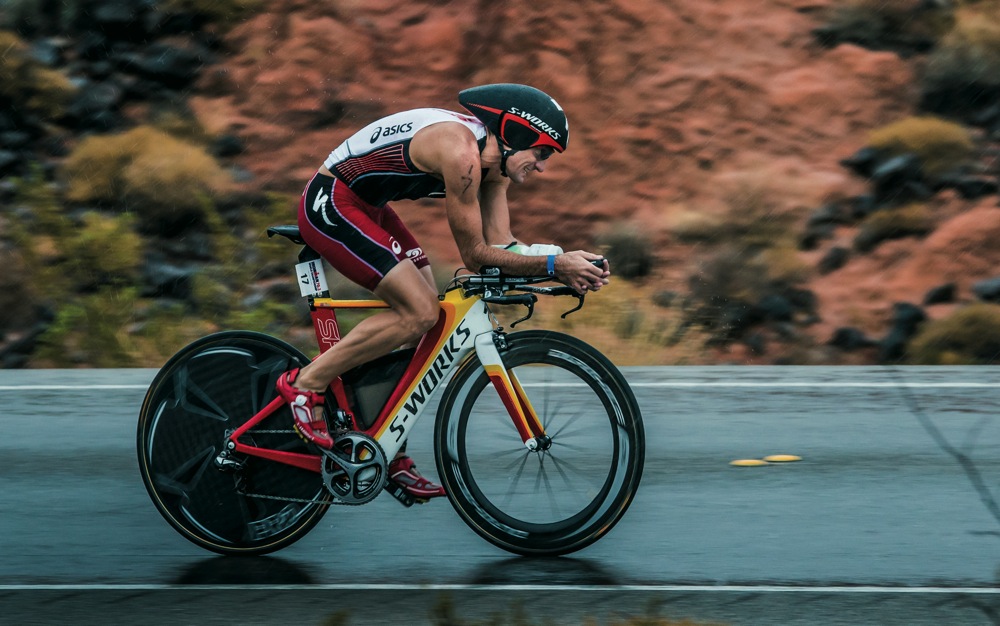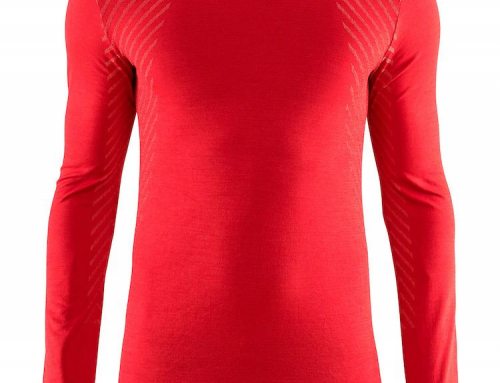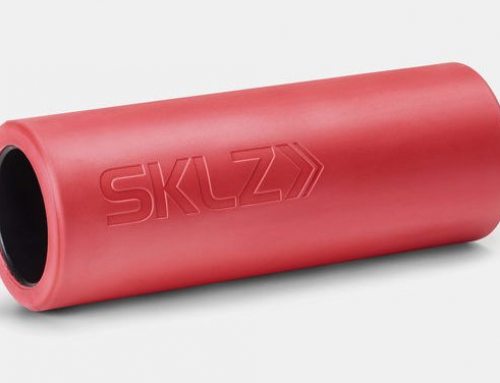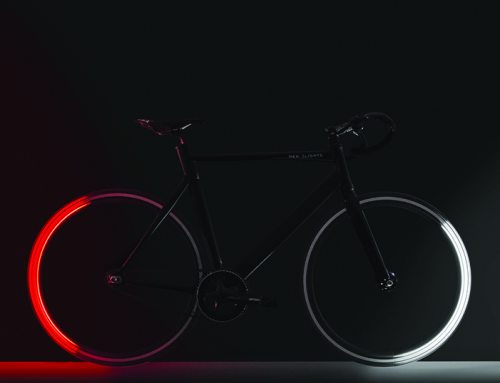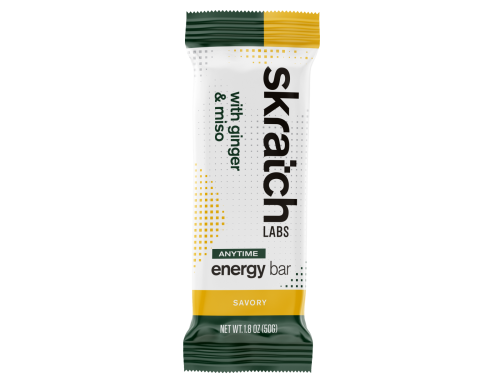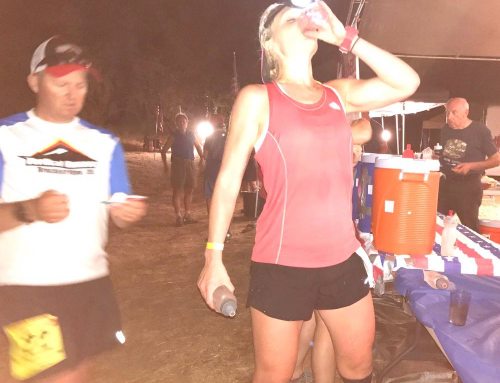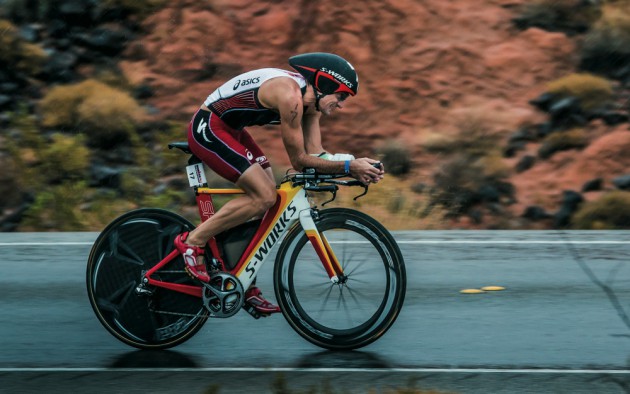
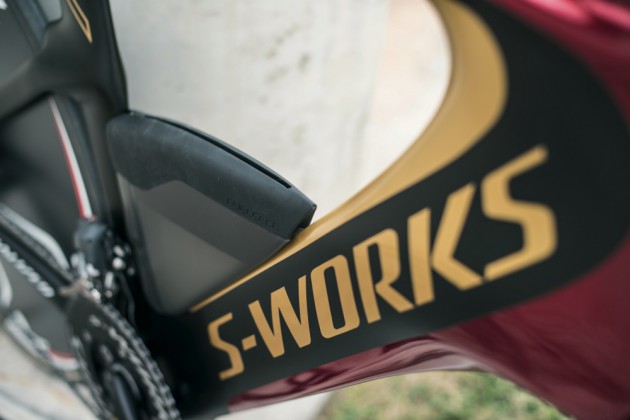
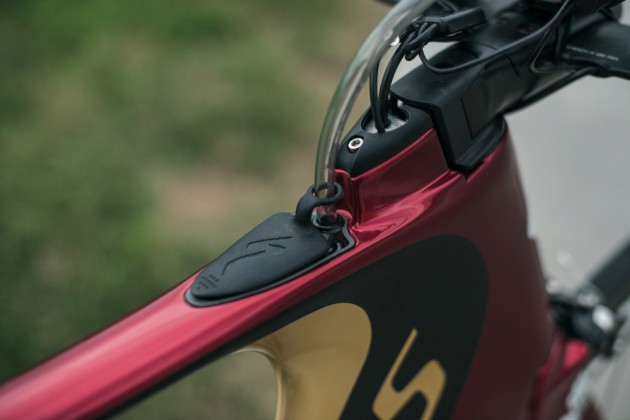
By Chad Kufen
Aero. Fit. Fuel. These are the three words best used to describe the Shiv Triathlon bike from Specialized. Because it is specifically designed for the needs of triathletes, this bike is prohibited from all UCI (Union Cycliste Internationale) races. Simply put, it is more aero than allowed by the UCI, the world governing body for sports cycling and international cycling events, such as The Tour de France.
The standard in the industry until now was for bike manufacturers to make one UCI-legal time-trial bike that also happened to work for triathlons. In true Specialized fashion, they decided to step outside the box, becoming one of the first major bike brands to build a bike specifically for triathlons. This was a groundbreaking decision for the sport. We have since seen other companies, such as Cervelo, follow suit with bikes like the P5, which are available with cockpit and fork options that are UCI-legal and -illegal. Since the new Shiv wasn’t restricted by UCI rules, the end result was a game-changer for the sport, and perhaps more importantly, offered the opportunity for average triathletes to ride an affordable “super bike.” The bike I ride has all the performance innovations that helped Specialized win two of the last four men’s Ironman world championships in Kona.
A lot of the hype around the Shiv is due to the aero benefits originating from the design of its FACT (functional advanced composite technology) carbon frame. A frame of this caliber designed without UCI restrictions has proved to be faster than bikes with those aero restrictions. Specialized was able to optimize tubing and frame design for specific airflow patterns, rather than relying on uniform airfoils throughout the bike.
Without UCI restrictions they were free to use ultra-deep airfoil tubing with ratios of 4:1 and beyond, which is more aerodynamic than UCI standards of 3:1. These ratios are based on the length and width in which conforming airfoils must measure. Another huge benefit of deeper airfoils is the resulting lateral stiffness in key areas of the frame. I feel this stiffness adds significantly to how fast this bike performs. All the extra carbon does add to the bike’s overall weight; when you pick up the Shiv, it will feel a bit heavier than other triathlon bikes. But weight has no negative impact on aerodynamics and I personally feel it has little impact on speed. I would argue that aerodynamics will always outweigh weight in performance of a triathlon bike.
With this revolutionary tri-specific bike, Specialized was intent on dramatically improving fit options for a much wider group of riders. The Shiv is available in five frame sizes and features their proprietary aero bars, control tower fit system, and dual position seatpost for a huge range of stack and reach adjustments.
Stack and reach are probably the two most important numbers a bike fitter uses to determine a proper fit for you and your bike. Stack relates to the distance measured from the center of the bottom bracket to the effective top tube (measured at the top of the head tube), and reach relates to the distance from a vertical line drawn from the bottom bracket to the center of the head tube. Essentially, the higher the stack number is, the taller the bike will be. The longer the reach number is, the longer the bike will be. The Shiv is what we consider a tall but shorter bike.
Why is this so important to its aerodynamic benefits? Because round spacers typically needed to make up for a low head tube are airflow killers. With the higher stack of the Shiv, and the five frame sizes to choose from, your bike fitter has a better chance of setting you up on the bike with minimal spacers above the top tube. Flexibility in the total stack and reach of a bike is also extremely important for the perfect fit. The extremely adjustable aero bars and control tower complement the stack and reach design of this bike, allowing for the desired flexibility. This will make it much easier for bike shops to fit you to a bike correctly (which means optimizing the rider’s position based on aerodynamics, comfort and power). Optimal individual position is important because we are all built differently and have certain limitations in what aero position we can maintain. Holding a good position is also important to maximizing your efforts on the bike, allowing you to gain time savings and still be able to run off the bike.
In addition to the tri-specific fit, the Shiv hides an internal bladder to keep hydration needs covered without impacting air flow. The Shiv’s Camelbak-style bladder, called the Fuelselage, is hidden in the head tube and down tube. The bladder slides into the frame through the top tube directly behind the stem. It’s sealed with a rubber stopper that can be removed to refill the bladder on the go. The hose pops out of the frame behind the stem and lies onto the aerobar extensions. Specialized cleverly placed a magnet in the valve and a matching magnet in a strap that can be positioned anywhere on the bike to hold the hose and keep it from moving while riding. Two valves are available: a bite valve and an upturned opening without any seal. The bladder holds a little more than 20 ounces of fluid, depending on frame size, and can be easily removed from the bike to be cleaned.
I use this bladder system only for racing and have found that the open seal valve works best under high heart-rate efforts. Another cool thing about the bladder system is the way it’s designed to be optional. If you choose not to use the bladder, simply place a replaceable plastic cover over the opening and it’s as if nothing was ever there.
Another unique and useful accessory from Specialized, now available for the Shiv, is the FuelCell storage compartment. The FuelCell is made specifically for the Shiv and fits between the seat tube and the down tube of the bike, creating a very aerodynamic way of carrying spare tubes as well as easy-to-reach nutrition. This eliminates the need to hang a bag off the back of the bike or tape 10 gels to your top tube. It also serves as a nice fairing, which actually makes the total bike more aero, instead of causing additional drag like alternative storage options.
In summary, I can attest that the Specialized Shiv is a very fast, responsive, stable and comfortable bike – and at a reasonable cost. The sport of triathlon has benefited greatly by Specialized’s decision to step outside the UCI box and create a bike exclusively for triathletes. Whether you are a weekend warrior who is looking for stability and comfort while completing the distance at an easier effort, or a competitive triathlete looking for those few extra minutes a fast, stiff super-bike can offer, I believe the Shiv is worth a test ride.
# # #
Chad Kufen is manager of Inside-Out Sports, with more than 20 years of experience in the retail and customer-service industry. He is an accomplished athlete who now spends most of his time training and competing passionately for long-distance triathlons. He trains and works in Cary, N.C., while residing in Raleigh with his wife and two dogs. Chad can be reached at chad@insideoutsports.com.


